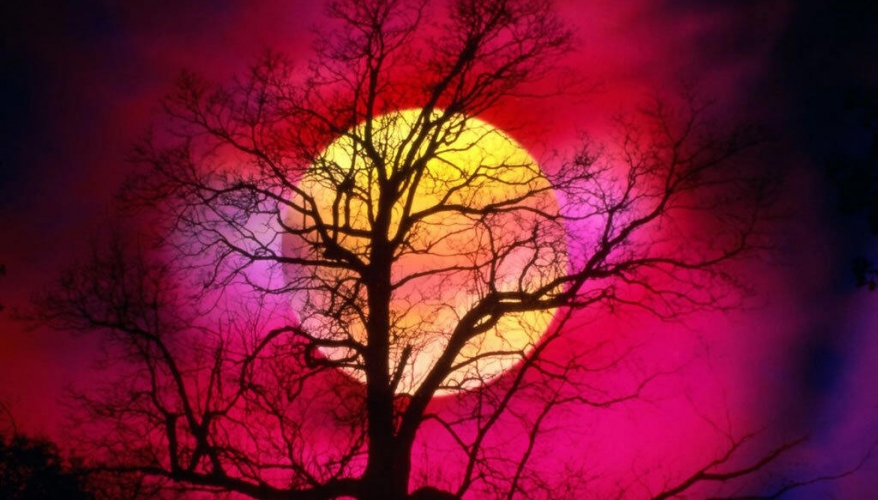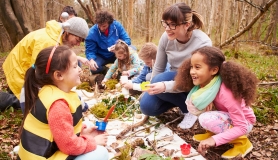THE LORE AND LEGEND OF SAMHAIN
At the end of October, we can see the natural world dying back around us. The nights are drawing in, leaves are falling from the trees and decaying, animals are brought in from the fields and the harvest has been gathered. We are preparing for the stillness and reflection of Winter. Pagans understood that death was as necessary as birth. Today, we celebrate birth but shy away from thinking about or openly discussing death. Death takes place away from the community in hospitals and nursing homes, and rarely do we see ‘home death’ discussed in the same positive way as ‘home birth’. Our ancestors lived different lives and would have seen death on a daily basis, which naturally made them more conscious of its place in their lives.
Later, when Samhain was adopted by Christians, they celebrated it as All Hallows’ Eve, followed by All Saints Day, though it still retained elements of remembering and honouring the dead. This is a good time to remember departed loved ones. If it feels right, it might also be a time to have a feast for friends and family and invite the spirits of loved ones to join you. Traditionally, it is also a time to welcome those born in the last year into the community.
Samhain is a time of reflection but it is also a time of celebration. Games like apple ducking celebrate the recent harvest, and harvest feasts are also an integral part of the gatherings. Fires and candles are lit at this time of year, and we can see this in many cultures and traditions worldwide, such as the Hindhu festival of light, Diwali, or St Lucy’s Day in Sweden. Anyone who has gazed into a candle flame or a flickering fire has experienced the potent feelings of hope and transformation, peace and connectiveness that fire and light would have offered our electricity-free ancestors as the nights drew in.
Though some say Imbolc on 1st February is the beginning of the Celtic New Year, our ancestors believed that a new ‘day’ began at sunset, so it would make sense that their year started at Samhain as we head into the dark months. So this is a time for taking stock of the year gone by, things we have surrendered and things we have gained. Then we are ready to make plans and dreams for the coming year, plant them in the dark earth within, tend them through the quiet months, and bring them bursting into life in Spring.
8 ways to celebrate Samhain as a family
1). Have a feast of harvest goodies. Invite family, friends and neighbours – get them to bring a dish to share. Spend time with your community.
2). Make a memory table honouring loved ones who have passed away. Decorate it with pretty nature objects, coloured cut outs, photos, drawings, anything you like. On Samhain, light a candle and offer gratitude and love.
3). Spread your festivities out over three days in the traditional Celtic way. Dances, rituals and feasts are all ways of connecting with the special energy at this time of year.
4). Write down the habits, activities, feelings etc. that you want to let go of and burn your list in the Samhain fire, stating your intentions. Then write a list of ideas and dreams for the coming year – you can either share them as a family or keep them safe until Spring, making sure you give them tender attention over the Winter months.
5). Have a harvest craft day. Gather brightly coloured leaves to make a picture or leaf prints, string acorns on a necklace, make fairy beds in nutshells, carve a pumpkin…let your imagination run riot!
6). Get outside in the brisk Autumn air and have a run around to get the blood pumping. Often we tend to begin to slow down and get more sedentary at this time of year. That does, of course, make sense but it is also good to move around and enjoy the outdoors to keep energy levels high and your body and mind healthy.
7). Have a bonfire under the stars, toasting marshmallows and sharing stories! Make sure you rake through anything you’re going to burn carefully to make sure there are no hibernating animals.
8). Give thanks to the beautiful Autumnal world around you in whatever way feels right for your family. Whether it’s a private prayer of gratitude or a celebratory yodel in the garden, take time to look around and see the world on the cusp of magical change.







